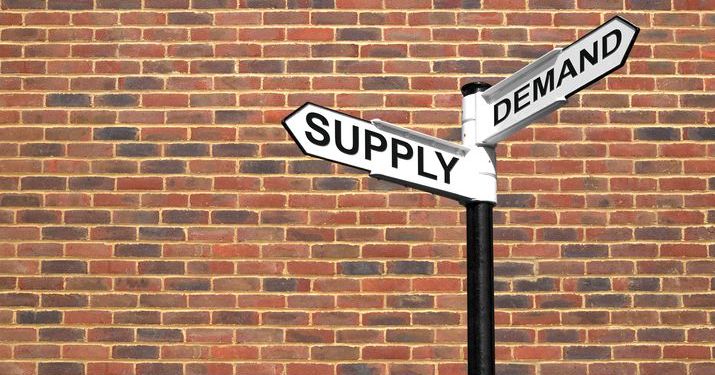Why Forecasting in Supply Chain Management is Essential
Last Updated July 26, 2023

Keeping the right amount of product in stock is critical to businesses. Having too little means running out at inopportune times, causing customers to buy elsewhere. Having too much means paying unnecessarily high costs for storage and inventory management.
But how can you reliably find the middle ground between those two undesirable extremes? In the world of supply chain management, it’s done by forecasting.
Types of Forecasting
Not all forecasting is the same. Sometimes it concerns how much product your suppliers can provide. Other times, it’s about how much your customers will demand. And there are also instances when forecasting must examine how both supply and demand will affect prices.
- Supply forecasting looks at data about your suppliers – whether they provide completed products or parts that are assembled further down the supply chain – and uses it to project how much product they will have available and when. This helps determine the amount that can be ordered and delivered in a specific timeframe. The data important to supply forecasting isn’t limited to production or delivery capacity; factors such as economics, technology and even weather all play a role.
- Demand forecasting analyzes how much product your customers are likely to want during a specific week, month or quarter. This data allows organizations to keep a suitable volume in stock – enough to fill customer orders, but not so much that time, money and effort are wasted managing excess or obsolete inventory. Demand forecasting or planning is largely about predicting customer behavior, but it goes beyond simply anticipating wants and needs. Consumer confidence, cultural trends, and seasonality are important considerations.
- Price forecasting examines data related to supply and demand to project how each factor will affect prices. Other dynamics play a role. A bad hurricane season along the Gulf Coast can cause fuel prices to spike, raising transportation costs throughout the supply chain. That expense may be passed along to customers in the form of higher-priced products. Additionally, shifting cultural trends could make a fashion accessory suddenly popular, allowing for a price hike. Or, rising unemployment could make that same accessory seem frivolous, forcing a price cut. Effective price forecasting helps businesses predict when necessary price increases or decreases may affect customer demand.
Learning How to Forecast
From cutting costs to keeping consumers happy, forecasting is a vital component of supply chain management, helping companies fill orders on time, avoid unnecessary inventory expenses and plan for price fluctuations.
Both an art and a science, effective forecasting is a complex process that requires educational qualifications and practical experience. General knowledge about supply, demand and price factors must be distilled into hard data, which then must be analyzed in conjunction with other information and used to generate meaningful projections.

